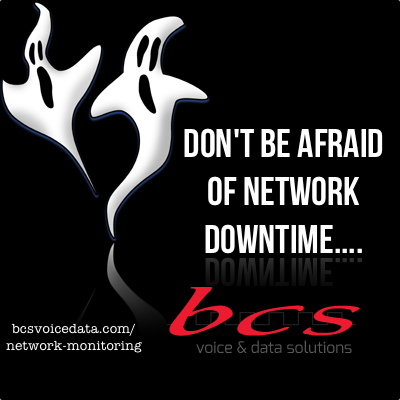Is VMware Right for My Business?
VMware is a great tool for leveraging your IT infrastructure, allowing your your comptuers to run multiple operating systems and applications, without the expense of adding additional machines or servers. You can consolidate servers, improve automation and implement disaster recovery solutions.
If you use leading business software operating on your servers, such as Oracle, Microsoft SQL Server, SAP, Microsoft Exchange, Sharepoint and more, VMware can create a more seamless and accessible system, using virtualization to access multiple systems. Typical clients implementing VMware experience 80 percent greater utilization of server resources, up to 50 percent savings in capital and operating costs and a significant benefit in server consolidation.
In addition to server virtualization, we can help with network virtualization — letting you run applications on a virtual network, rather than a physical one. This is particularly beneficial to growing businesses that need a highly scalable network and fast provisioning, troubleshooting, cloning and monitoring.
There’s no simple answer to the question is “VMware right for your business?”, however, the experts at BCS Voice & Data Solutions use a collaborative approach to identify business needs, future potential needs, and help you and your team identify options that are right for you situation. Contact us today for a no-obligation conversation.



